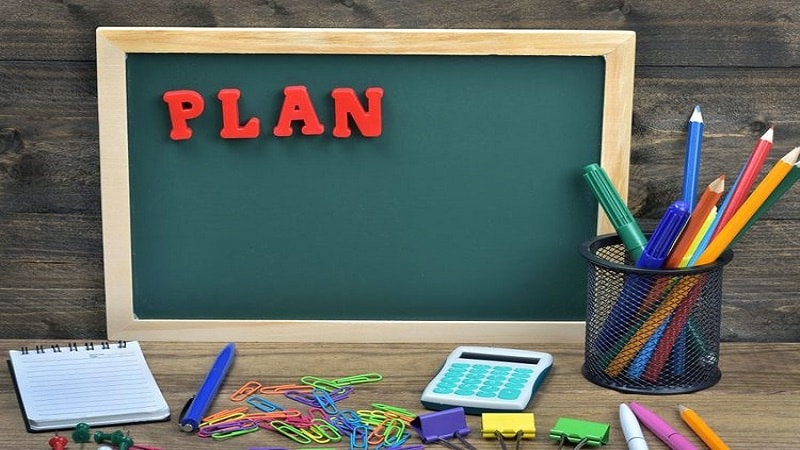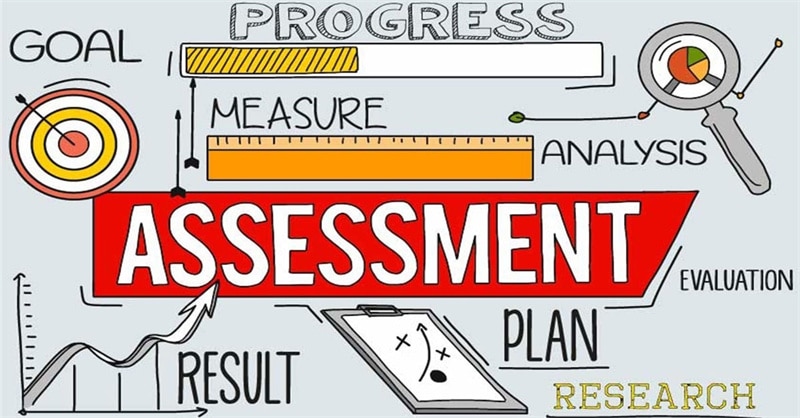
Engaging students is not simple, but it is possible with thorough preparation. Find out how to keep their attention during the whole lesson.
A lesson plan is an essential aspect of teaching. It not only follows a regular teaching method but also aids in the teacher’s monitoring of each session. It’s also quite useful in some uncommon situations, such as when substituting teachers may use the lesson to do their job more effectively.
Of course, various teachers might have various teaching approaches. However, all of them should create lesson plans to prepare for the upcoming lessons and be ready for any situation. For example, if you are studying sales and want students to label cell parts, you should have the corresponding materials on hand. It helps to ensure that all the necessary components are included so that the lesson runs smoothly and effectively.
Each lesson plan should include several components essential for a successful class. Let’s have a look at them in detail.
Topic and Point of the Lesson

The very first thing to include in your lesson plan is the topic of the lesson and its objective or point. The topic is what you will be teaching, while the objective is what you want your students to learn by the end of the class. It’s crucial to be clear about both so that you can stay focused during the lesson and ensure that your students understand what they need to learn.
Keep your lesson topic descriptions concise and to the point. For example, if you’re teaching a lesson on the French Revolution, your topic might be “The Causes of the French Revolution.” On the other hand, your objective might be “To understand the reasons behind the French Revolution.” This is just an example, of course. But it shows how a lesson’s topic and objective can be related to each other.
Lesson Sequence
After you’ve decided on your topic and objective, it’s time to think about the sequence of the lesson. In other words:
- What will happen during the class?
- How will you introduce the topic?
- What activities will you do with your students?
- And how will you conclude the lesson?
It’s essential to consider the flow of the lesson so that you can keep your students engaged and interested. The lesson sequence should be logical, and each activity should lead smoothly into the next. You should consider not only the topic of the lesson to create a smooth sequence but also the age of the students. Thus, you’ll be able to keep their interest during the class.
For example, if you’re teaching a lesson on photosynthesis, you might start with a brief introduction to the topic. Then you could do an activity where students role-play the process of photosynthesis. After that, you could discuss the activity. Finally, you could wrap up the lesson by having students summarize what they’ve learned.
Materials
After you’ve decided on the sequence of the lesson, it’s time to think about what materials you’ll need. This includes anything from worksheets and textbooks to art supplies and computers. Make a list of all the materials you’ll need so that you can be sure to have them ready before the lesson.
It’s also essential to think about how you’ll use the materials during the lesson. For example, if you’re going to use a textbook, will you use it as a reference, or will students read from it? If you’re going to use worksheets, will you hand them out at the beginning of the lesson, or will they be used as part of an activity? Consider how the materials will be used so that you can plan accordingly.
At the same time, it is essential to think about the materials beforehand. If you plan to make something from scratch, you’ll need enough time to do it before the lesson. So, ensure that you’ll be on time with everything you have on your mind and that everything will work as intended.
Instructions
In addition to thinking about the materials you’ll need, it’s also crucial to think about the instructions for each activity. What will you tell your students to do? How will they know what to do?
It’s essential to be clear and concise when giving instructions. If the instructions are too long or confusing, students might not understand what they need to do. This can lead to frustration and a loss of interest in the lesson. So, take the time to think about the instructions for each activity and ensure they’re clear.
Assessment

Finally, it’s crucial to think about how you’ll assess your students’ learning. This includes everything from quizzes and tests to papers and projects. There are many different ways to assess student learning, so it’s essential to choose the methods that are best suited for your students and your lesson.
At the same time, it’s essential to think about how you’ll use the assessment results. Will you use them to grade students? Or will you use them to give feedback on the lesson? Regardless of how you use the results, it’s crucial to have a plan for assessment before you start the lesson.










